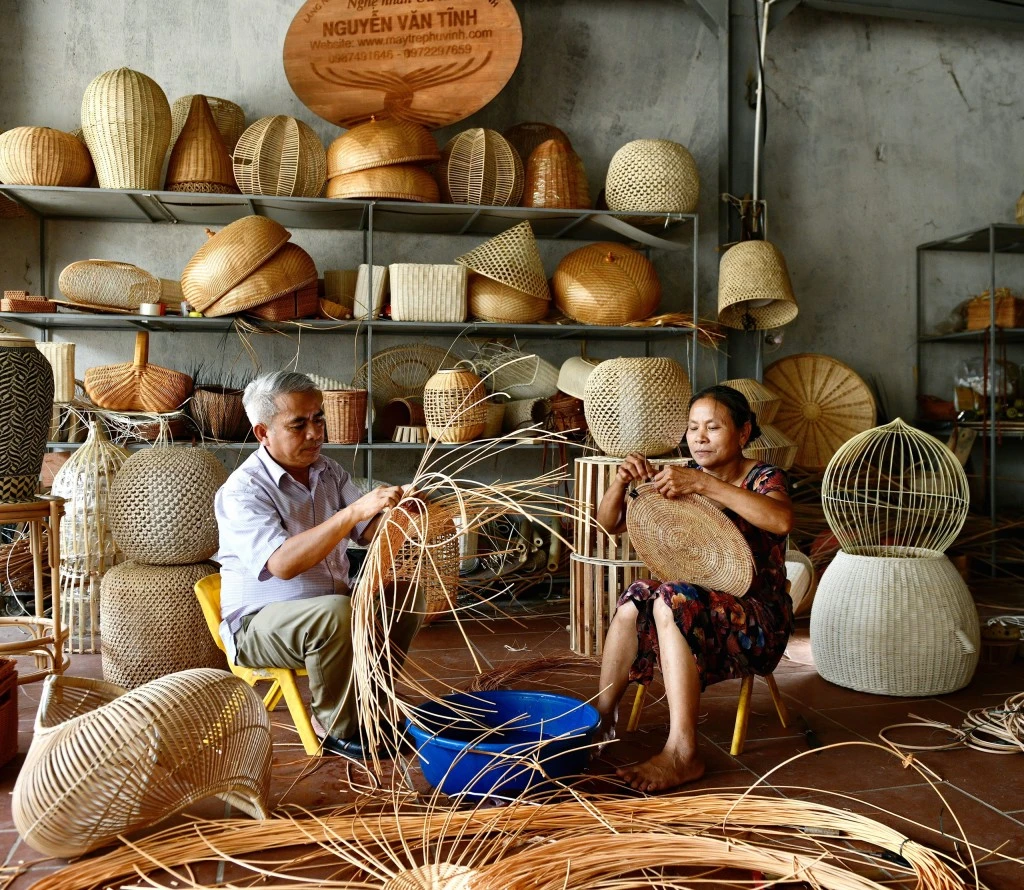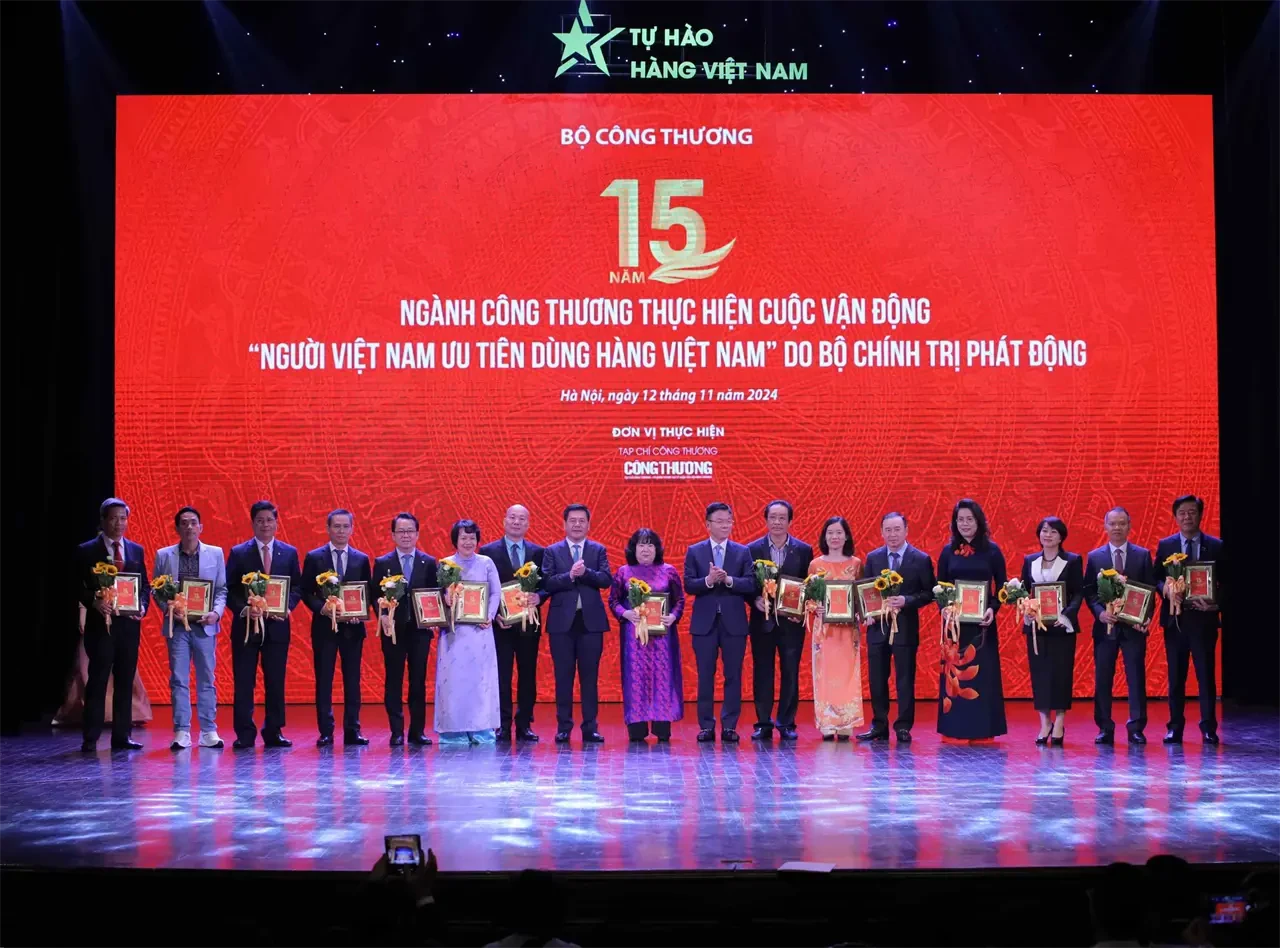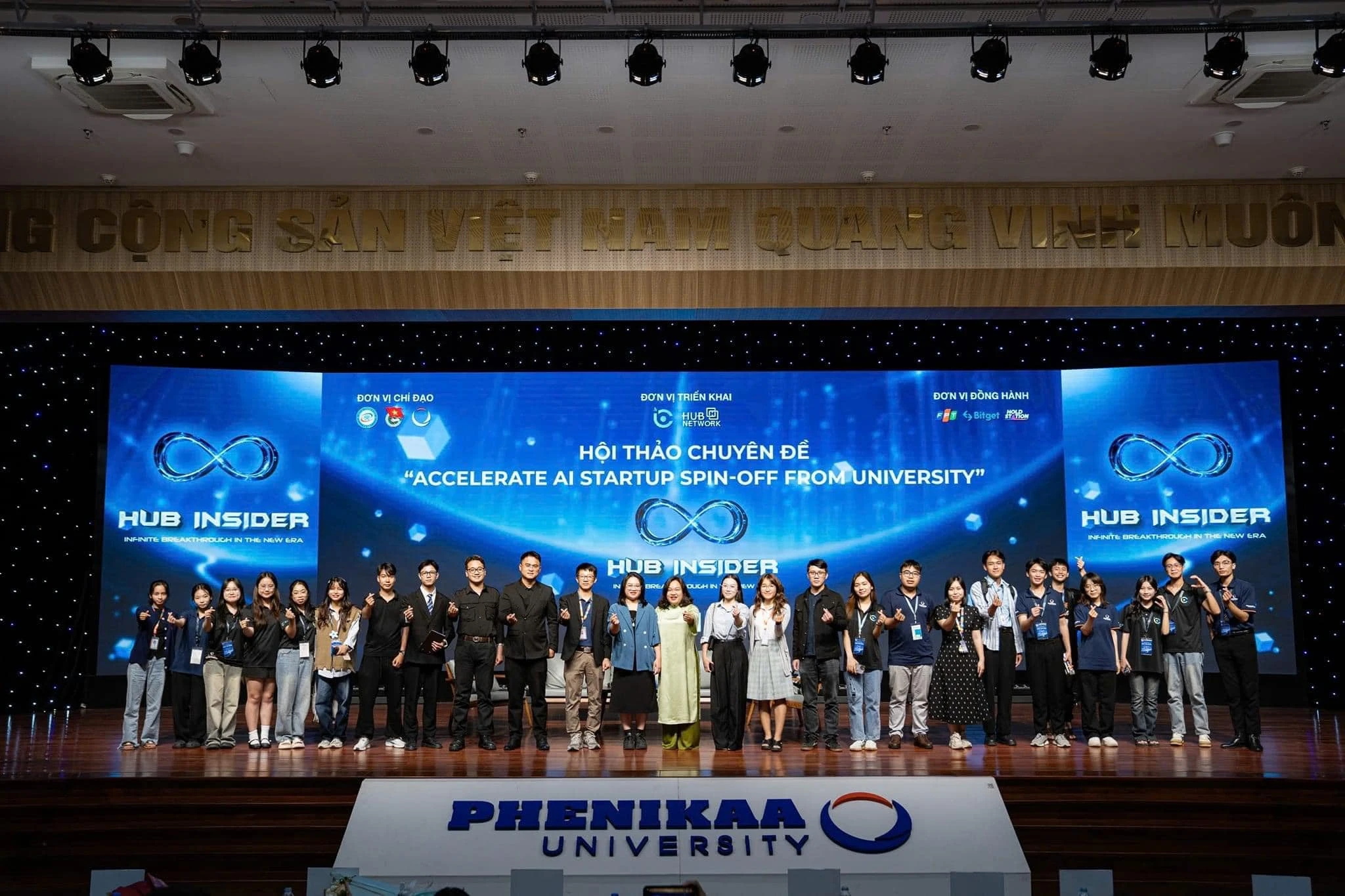Craft villages not only ensure a sustainable and accessible livelihood for rural laborers, but also play a crucial role in maintaining social welfare. Emphasizing their strategic role in the era of integration, at the national gathering of outstanding artisans on June 10, President Luong Cuong called for reviving the entrepreneurial spirit from traditional cultural values.
Joining the event were Prime Minister Mai Van Chinh, Chairman of the President’s Office Le Khanh Hai, representatives from central ministries and agencies, leaders of the Vietnam Craft Villages Association, and a large number of distinguished artisans representing over 5,400 craft villages nationwide.
Speaking at the meeting, Mr. Trinh Quoc Dat, Chairman of the Vietnam Craft Villages Association, stated that craft villages in Vietnam have long played an important role in the country’s economic and cultural life. Craft village products are not only consumer goods, but also embodiments of regional cultural identity, containing traditional essence passed down through generations. Thanks to innovation policies and the attention of the Party and State, Vietnam’s craft villages have seen strong recovery and development. Currently, the country has 5,411 craft villages or villages with crafts, a valuable resource for rural economic development and cultural preservation.
President Luong Cuong expressed his delight at meeting outstanding artisans—those who are directly preserving and promoting the cultural heritage of the nation through each handmade craft product.
According to the President, craft villages are not only places that preserve pure Vietnamese cultural values but also important pillars in socio-economic development, helping to create jobs for millions of rural workers and actively contributing to the process of international integration.
The President emphasized that as the country is transforming and entering a new era of development filled with opportunities and intertwined challenges, it is necessary to continue investing in and supporting craft villages to ensure they remain a solid foundation for sustainable development.
Particularly in the context of global competition, the handicraft industry must constantly innovate and be creative to meet the increasingly demanding requirements of both domestic and international markets.
From this reality, the President called on all levels, sectors, localities, the Craft Villages Association, and the artisan community to consider the preservation and promotion of craft village culture as a strategic mission. At the same time, this should be seen as a favorable environment for inspiring entrepreneurship, especially among rural youth.
Craft villages are not only places that safeguard tradition, but also launching pads for creative ideas and the journeys of the younger generation to establish themselves and their careers.
According to the President, the talent and creativity of artisans are key factors in shaping the identity and sustainable value of traditional handicraft products. However, in order for this essence to transcend cultural value and become an economic development resource, a comprehensive strategy is needed—linking craft village development with vocational training, startup support, market connection, and science and technology application.
“Craft villages remain places that ensure sustainable livelihoods and serve as safe, accessible pillars for rural workers, contributing to social welfare,” the President affirmed. Therefore, special attention must be paid to training human resources, transferring skills to the younger generation, and encouraging creative startup models based on traditional craft village foundations. This is a sustainable path, one that preserves cultural identity while generating new momentum for the rural economy.
In addition, the President suggested further promoting the roles of professional social organizations, industry associations, and craft village associations in linking production, promoting branding, and facilitating trade.
At the same time, efforts must be made to improve productivity, product quality, diversify designs, and strengthen technological applications to meet the increasingly sophisticated demands of the market. Building and protecting brands, along with developing sustainable sources of raw materials, are also considered vital tasks in the current phase.
The gathering was not only an occasion to honor the contributions of craft village artisans but also a strong message from the country’s top leader to make craft villages an important link in the national development strategy—a place where creativity, culture, and Vietnam’s entrepreneurial aspirations are born.






